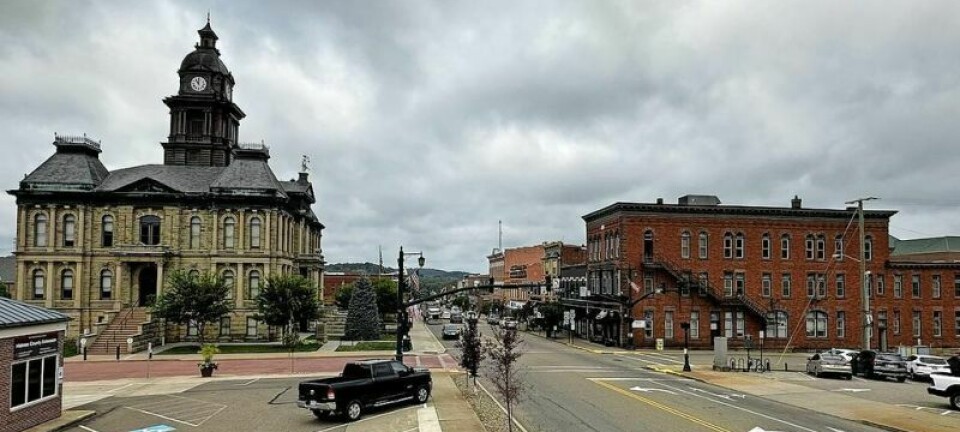Ripley Twp. farm is 500th in Ohio to be preserved forever
Dorothy Pelanda, left, director of the Ohio Department of Agriculture, stands with Ginny and Doug Anderson at the Anderson farm in Ripley Township as the 48-acre farm became the 500th in the state to receive an agricultural easement and will forever be preserved as farmland.
Barb Lang
Monday, Feb. 3 was a historic day for Farmland Preservation in Ohio.
The weather cooperated when two-dozen people gathered in one of Doug and Ginny Anderson’s fields in Northwest Holmes County. Dorothy Pelanda, director of the Ohio Department of Agriculture, presented the Ripley Township couple with a sign designating it as preserved farmland. The 48-acre farm marks the 500th farm in the state to receive an agricultural easement and will forever be preserved as farmland.
Pelanda started the program by saying that in the 20 years since the Farmland Preservation began, almost 80,000 acres have been preserved for farmland.
“Agriculture is the number-one industry in Ohio,” Pelanda said.
Food and agriculture together constitute the state’s largest industry, contributing more than $105 billion annually to the state’s economy and providing jobs to one in seven Ohioans.
Between 1950 and 2000, Ohio lost more than 6.9 million acres of farmland, representing nearly one-third of Ohio’s agricultural land. The easement programs began in 2002 and have since preserved almost 79,800 acres in 61 counties, as of February 2020.
“The main reason we did this is to keep the farm alive so it will stay that way forever,” Doug Anderson said.
The Anderson farm was a recipient of funding for the Local Agricultural Easement Purchase Program.
According to a Nov. 21, 2019 ODA press release, the program allows landowners to voluntarily sell easement on their farms to the State of Ohio. The easement requires the farm remain permanently in agriculture production. Selected farms must be 40 acres or more, actively engaged in farming, participate in the Current Agricultural Use Valuation program, demonstrate good stewardship of the land, have the support of their local government and not lay directly in the path of development.
Funding for the program is derived from the Clean Ohio Conservation Fund, approved by voters in 2008.
Landowners interested in the program must work with their local sponsors. Wayne and Holmes counties are overseen by the Western Reserve Land Conservancy. They will prepare the application for the funding round, which is a competitive process based on points.
“We’ve been partners with ODA since 2006, and we’ve helped preserve 30,000 acres,” said Andy McDowell, vice president of Western Field Operations for the Western Reserve Land Conservancy. “It’s not farmland without farmers. The money helps buy new equipment, buy more land or pay off farms.”
McDowell assists landowners in the process of applying annually for the competitive funds.
The application process is typically started in the fall with a deadline in April. For more information go to the Ohio Department of Agriculture website or contact the Western Reserve Land Conservancy.

















































